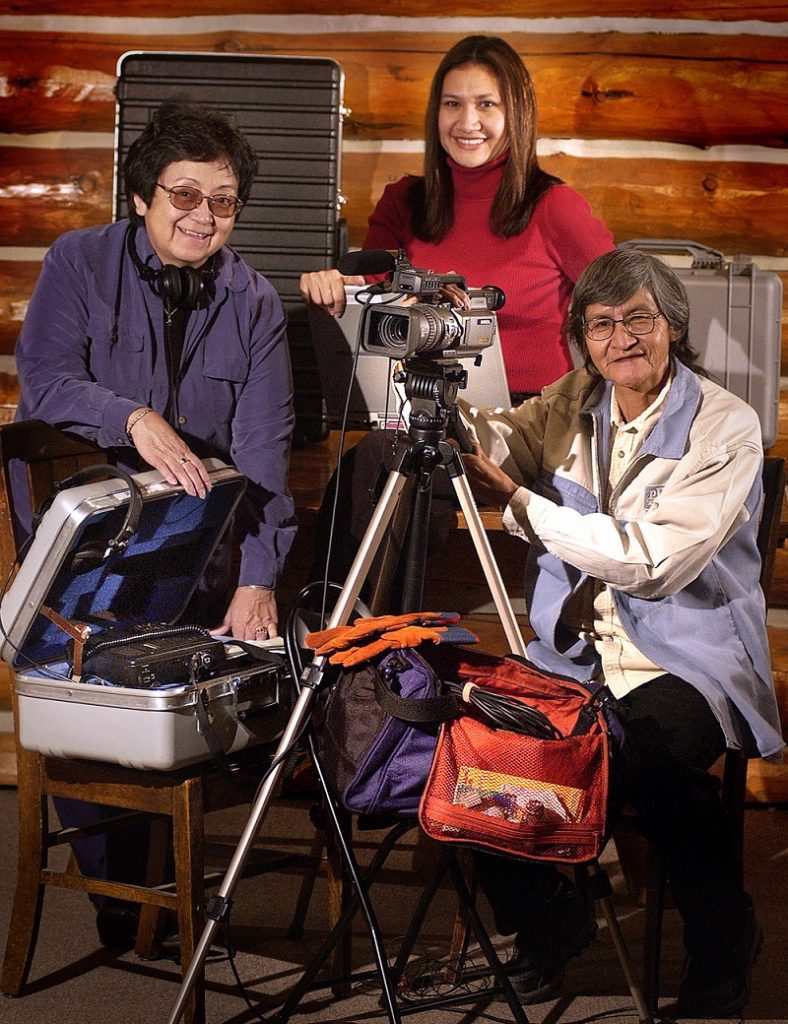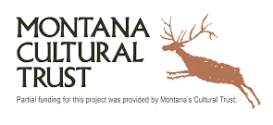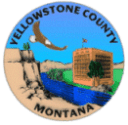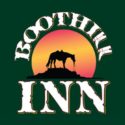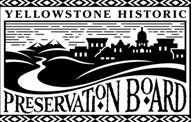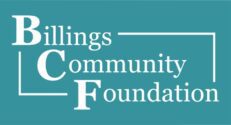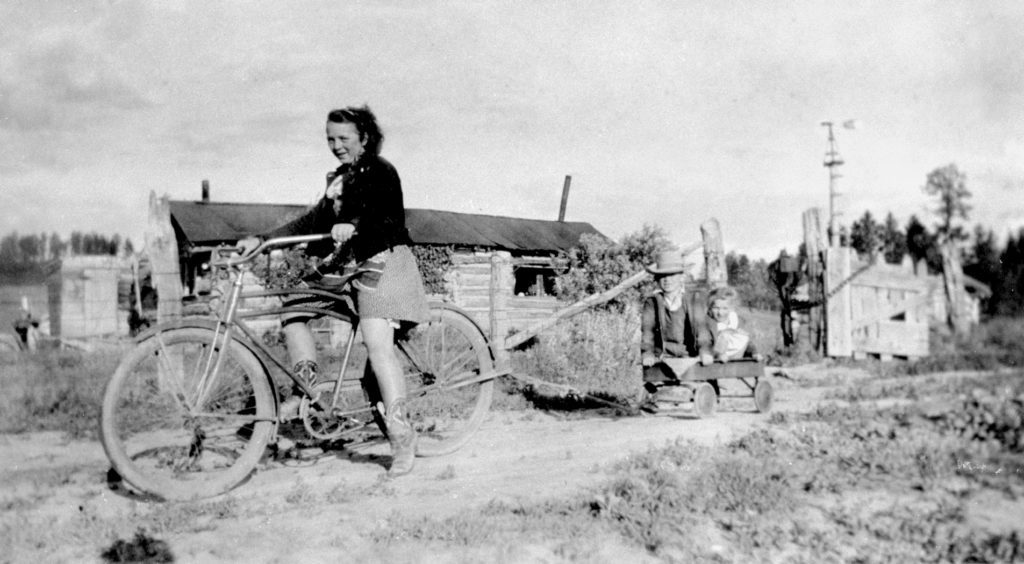

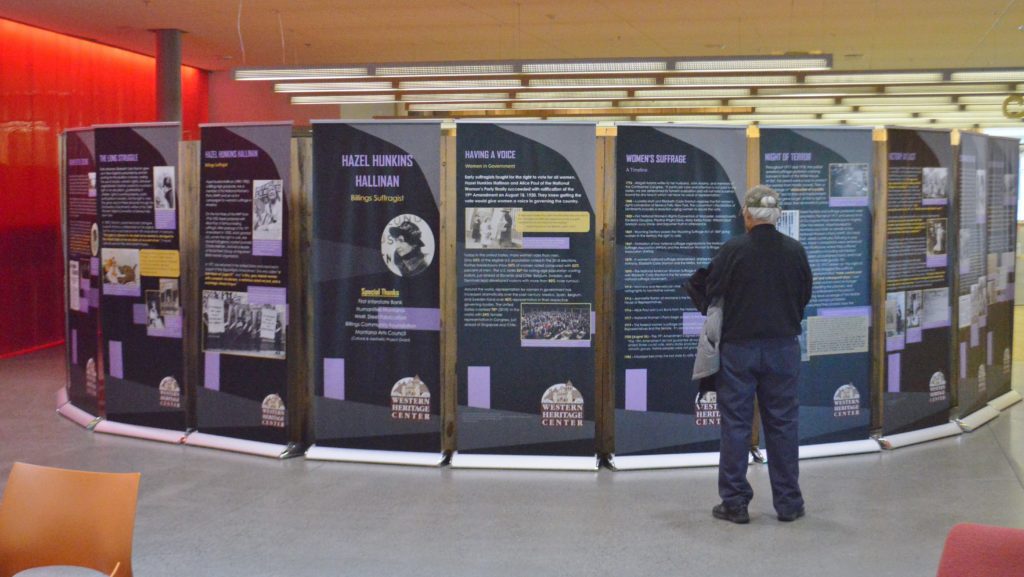
Hazel Hunkins Hallinan, Billings Suffragist (WHC Traveling Display) – On view at the Western Heritage Center for August of 2020. A 1908 graduate of Billings High School, Hazel Hunkins Hallinan was one of the most influential feminist leaders of the 20th century. This exhibit will travel throughout Montana beginning in May of 2020.
C&A Grant from the Montana Arts Council sponsored: “We are funded in part by coal severance taxes paid based upon coal mined in Montana and deposited in Montana’s cultural and aesthetic projects trust fund.”
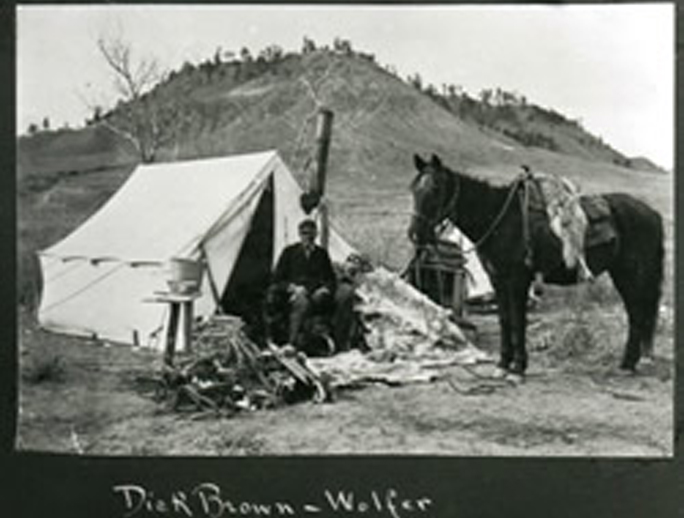
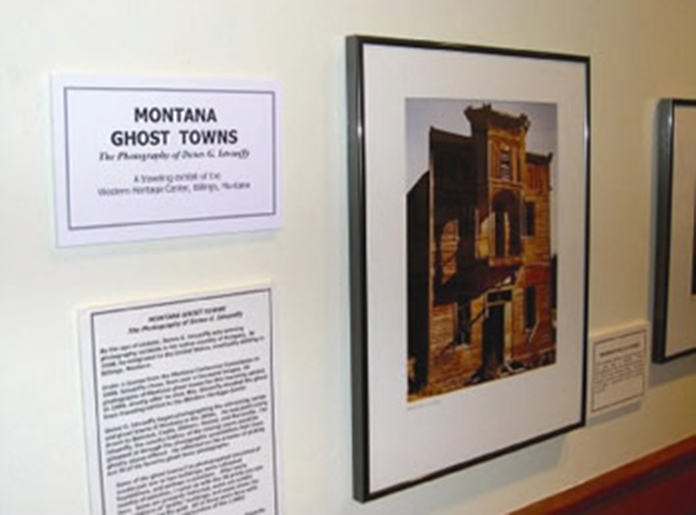
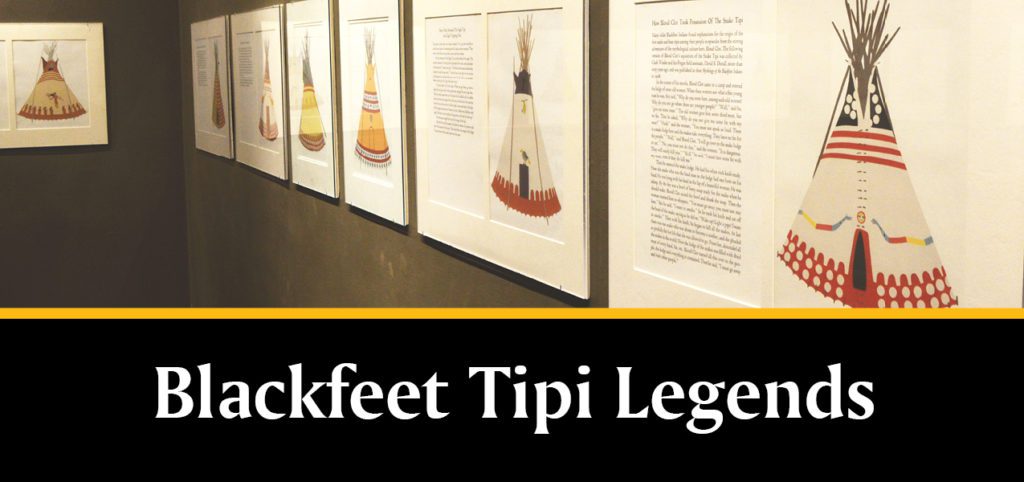
During the summers of 1944 and 1945, Olga Ross Hannon and Jessie Wilbur created sixteen silk-screen color reproductions of painted Blackfeet tipis. These prints and associated Blackfeet stories, recorded by Cecile Black Boy in the 1940s, were combined in a traveling exhibit by the Museum of the Rockies in Bozeman.
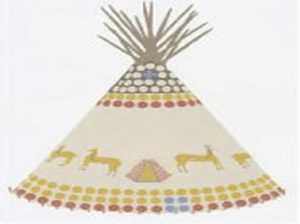

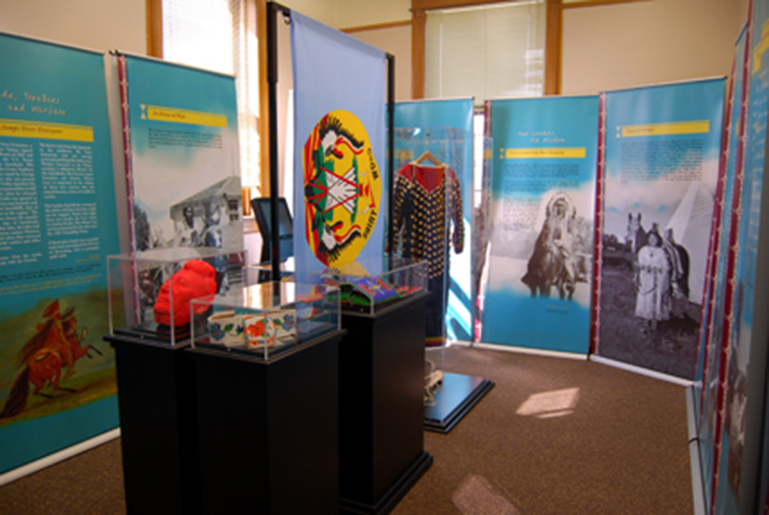
Our museum’s traveling exhibit, Parading Through History: the Apsaalooke Nation, is a chronological journey that leads the visitor through the history and culture of the Crow tribe. This is one of the few exhibits ever researched, organized, and designed from an Apsaalooke perspective. As part of the WHC museum’s American Indian Tribal Histories Project, Crow Indian historians, artists, and tribal members created this exhibit in 2008. The American Indian Tribal Histories Project was directed by Northern Cheyenne tribal member, Francine D. Spang-Willis. The Apsaalooke exhibit was organized by Crow historian, Mardell Plainfeather.
Prominent and historical Crow people represent different time periods. The traveling exhibit explores the impact of outside forces on Crow culture. For example, with the onset of federally mandated Indian reservations, Crow leaders had the insight to merge the knowledge of recently educated young adults with the traditional wisdom and heritage of the elders, thereby successfully retaining their tribal structures and culture. This traveling exhibit allows new audiences to experience the culture and history of the Apsaalooke nation from the perspective of tribal members.
